May is Lung Disease Awareness Month
Whitney Woodring
Mommy to Willa
Born November 2017
Congenital Central Hypoventilation Syndrome
Willa is our second child. Like most parents, we were excited to have a new baby, to give our other daughter a little sister to grow up with and play with.
Willa was born six weeks early (at 34 weeks) in November 2017. We knew that she’d be monitored closely, as preemies often need help breathing while their lungs finish developing. We had no idea that she had a rare (about 1,400 in the world) genetic condition that would change our lives.
When Willa was three days old, she was transferred to Cardinal Glennon Children’s Hospital in St. Louis. This decision was made after she had a rough night, was requiring more oxygen, and her carbon dioxide levels were increasing. We still didn’t know about the genetic condition, just thought that everything was related to her prematurity. We realized that her breathing wasn’t what it should be, especially while sleeping. Since she was six weeks early, we knew apnea prematurity was possible and that the doctors were monitoring everything closely. However, she was in CO2 narcosis when they transferred us (the carbon dioxide count in her blood stream of 93, when the average is 35-45), which is what ultimately led to her diagnosis of Congenital Central Hypoventilation Syndrome.
According to Johns Hopkins Medicine: Congenital central hypoventilation syndrome (CCHS), also known as “Ondine’s curse,” is a rare neurological disorder characterized by inadequate breathing during sleep and, in more severely affected individuals, during waking periods as well. This disorder is associated with a malfunction of the nerves that control involuntary body functions and abnormal development of early embryonic cells that form the spinal cord.
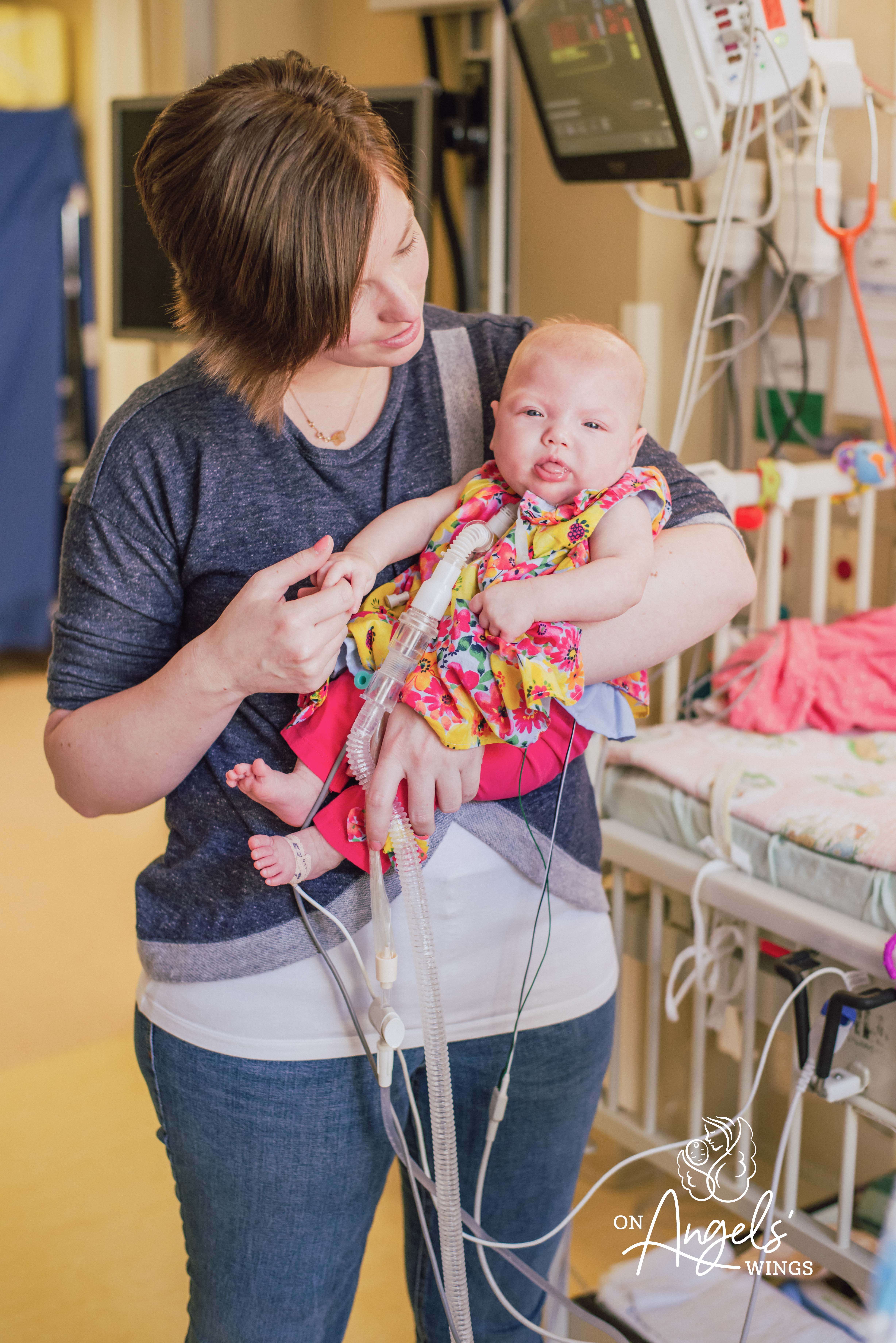
OAW was first introduced to us about three months into our 4-month NICU stay. The Footprints Program at Cardinal Glennon, mentioned OAW as an organization who offered photo sessions for NICU families. We were hesitant at first, as Footprints is usually involved when parents may be leaving the hospital without their child (which would not be the case for us), but decided to embrace our new life and have a “newborn” session in Willa’s NICU room, giving us a chance to capture what her first few months of life was like in the best possible way.
To have OAW support Willa (and our whole family) has been amazing. The check-ins to see how we are, especially during hospitalizations, have made me feel not so alone in everything. And having OAW photographer volunteers take pictures of our family is wonderful beyond words. To have someone capture our family as we are, and who isn’t startled or afraid of Willa just being her usual self is so heartwarming for me.

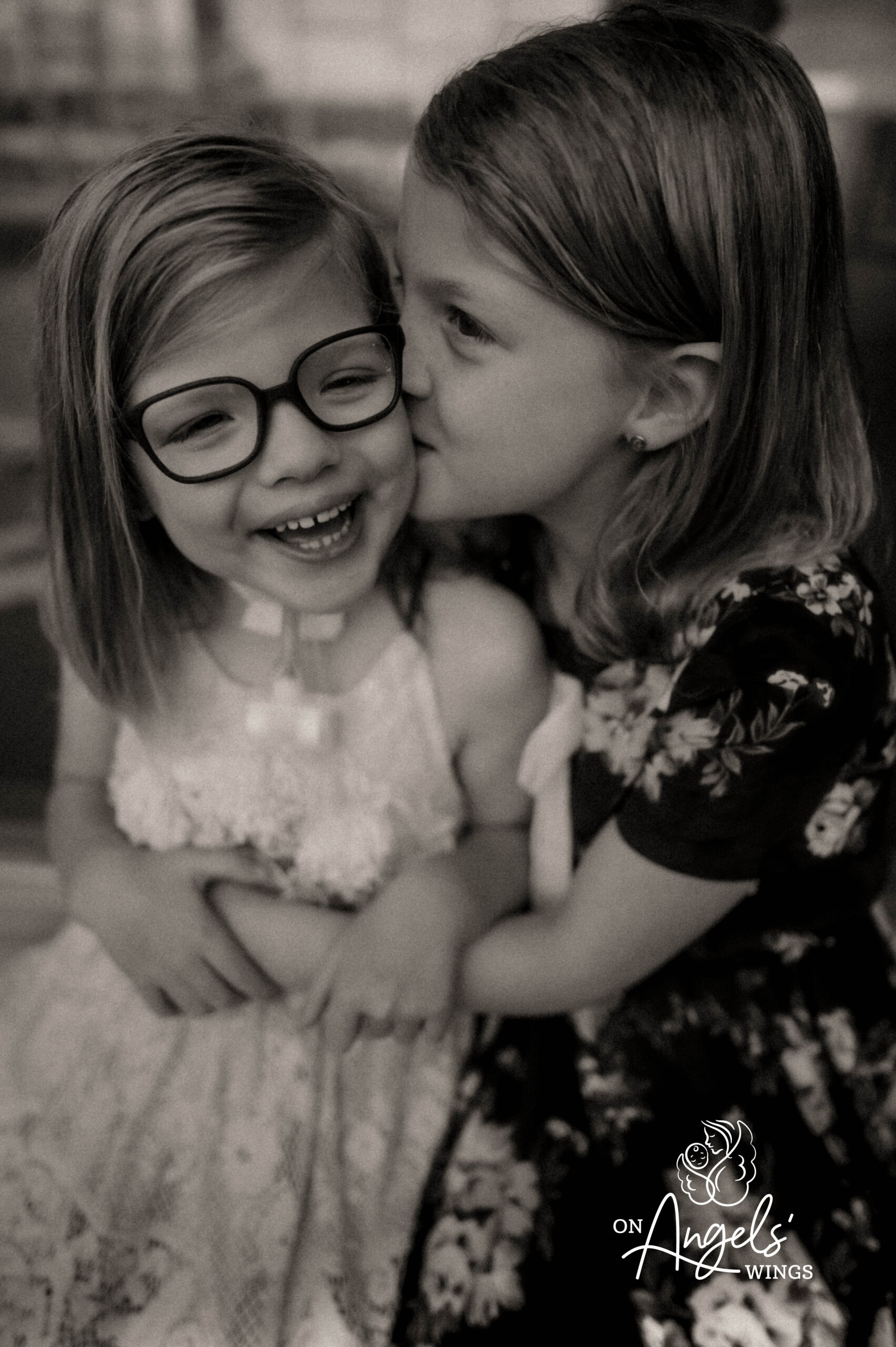
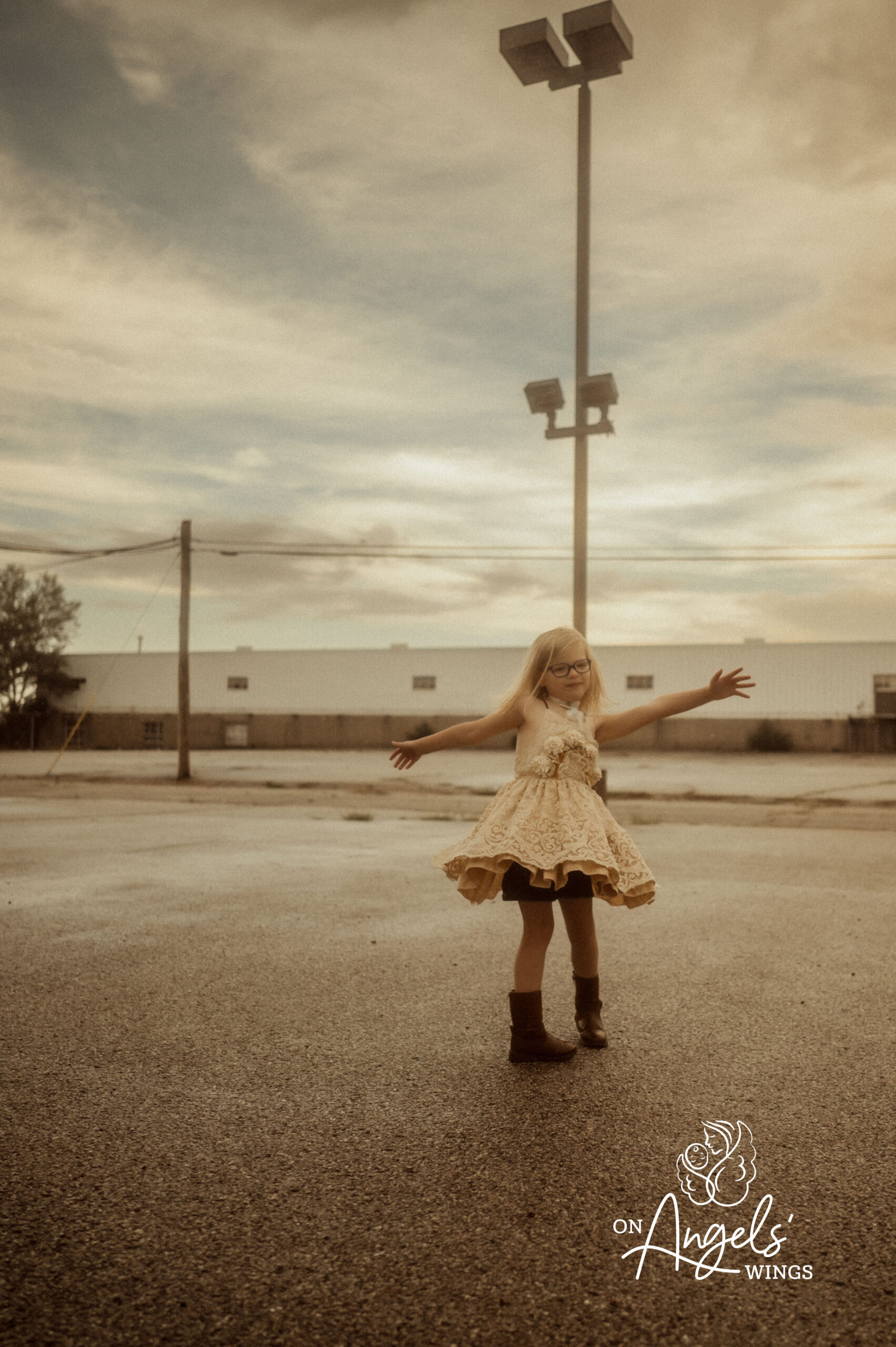
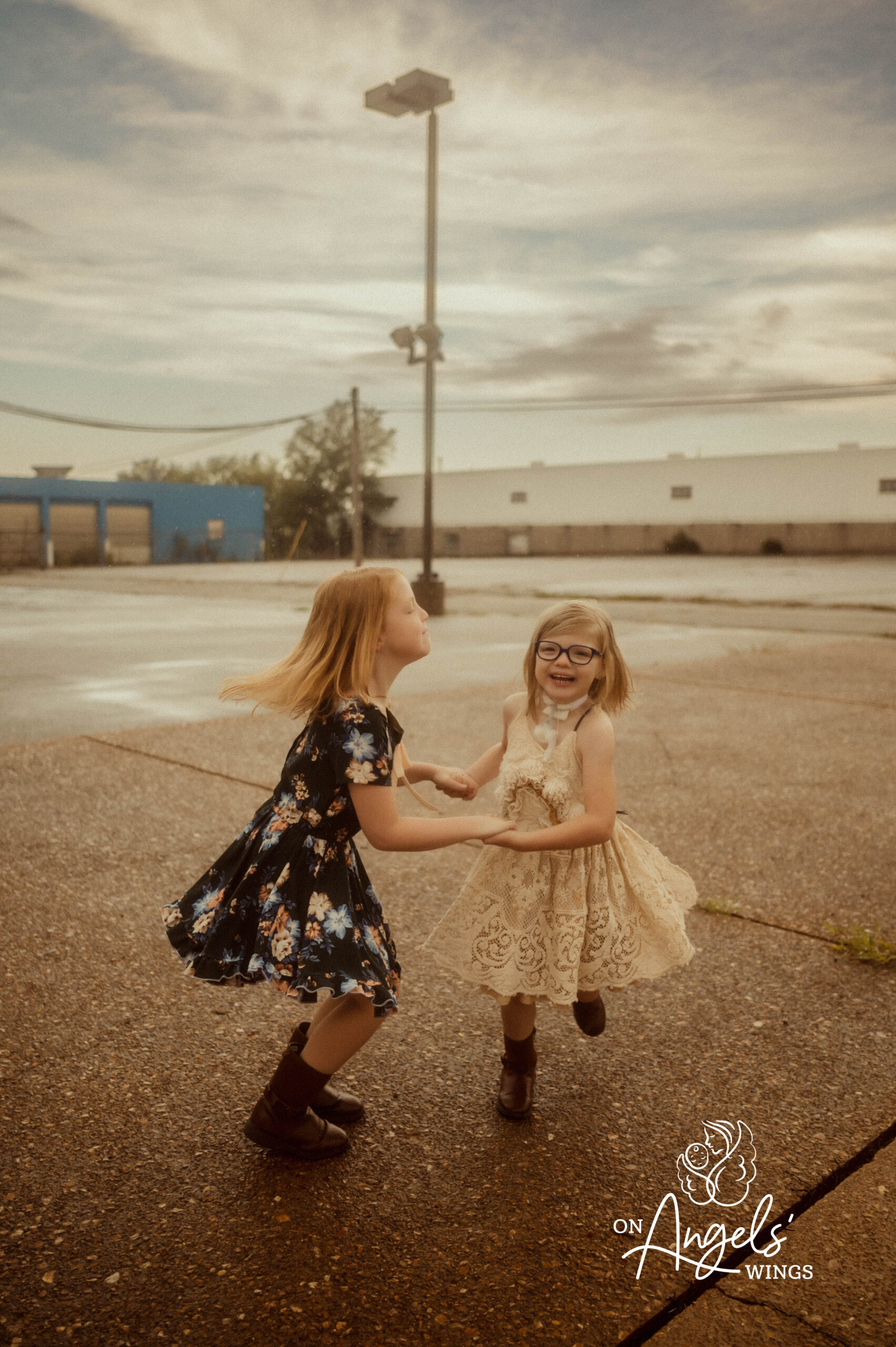
As her parents, we often have to be her autonomic nervous system for her. While we try to give her as normal a life as possible, we also stay close to home and avoid large groups of people.
As of right now, things are good. Willa is going to be six years old this fall! She’s attending Pre-K and loves to go to school. Each day with Willa is a new adventure. We never know what’s going to happen, although I feel like that is the life of any parent!
We hope that Willa will continue to grow and get to experience the world like a normal kid. She is amazingly resilient and that will take her far in life. We do hope that there will be continued advancements in the way her condition is managed and, who knows, maybe one day there will be a gene-therapy option which may result in a cure!
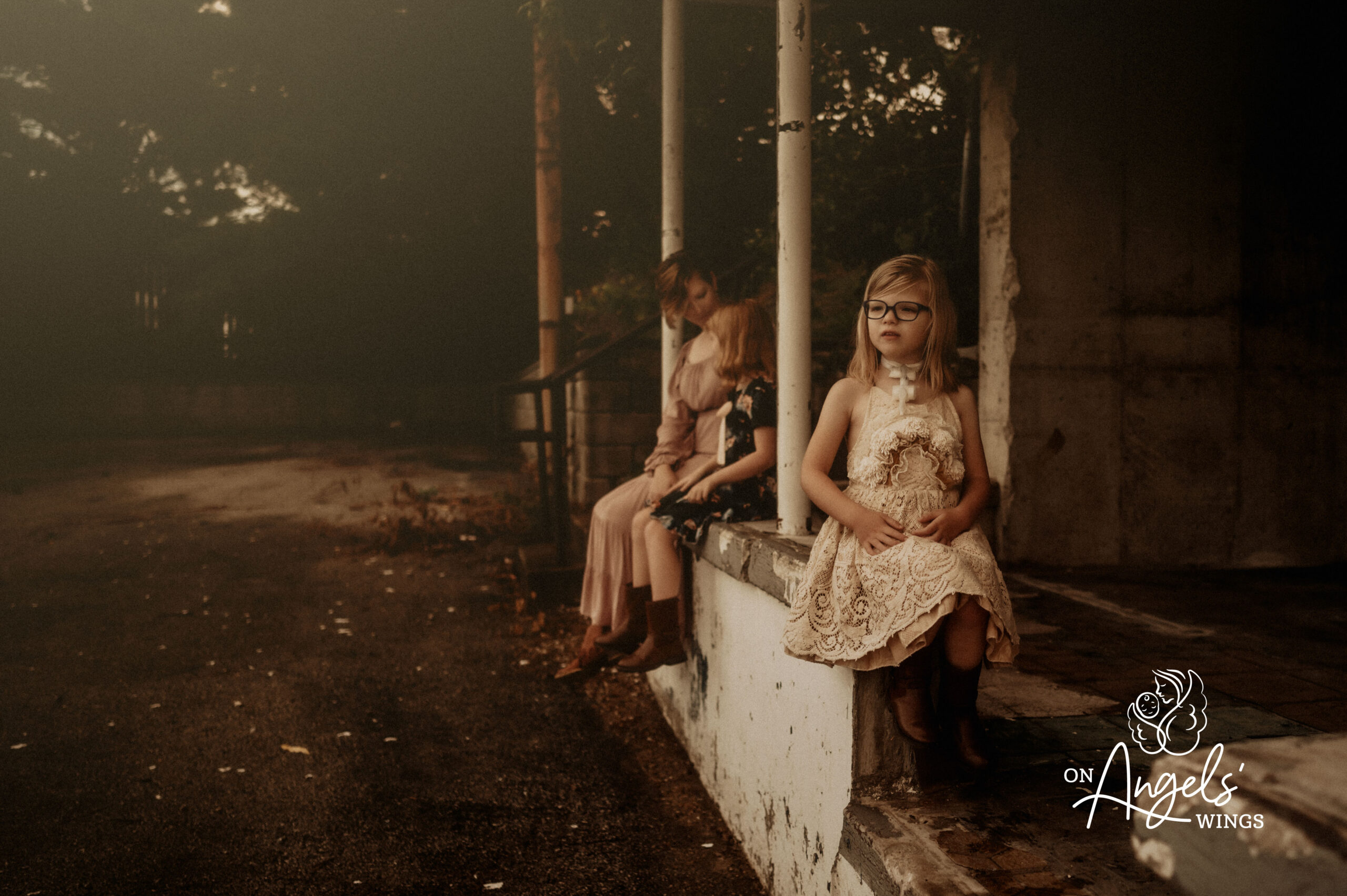
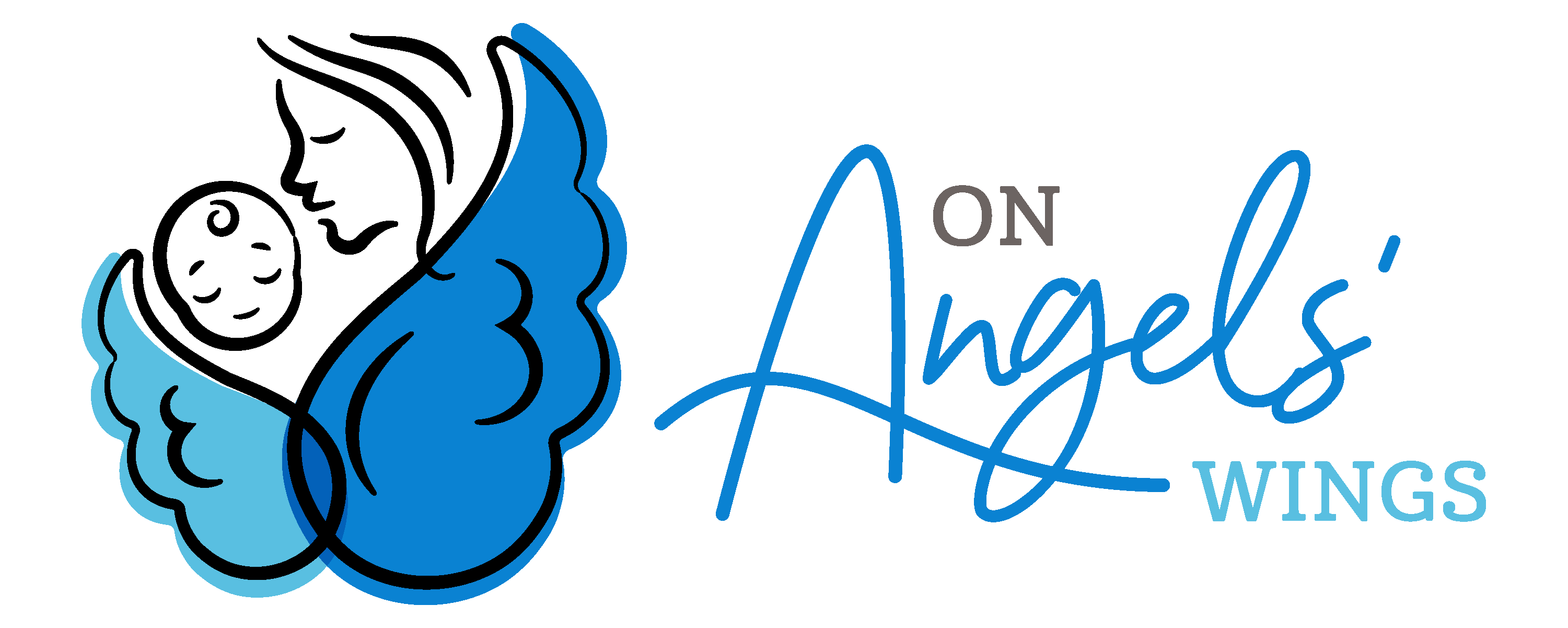
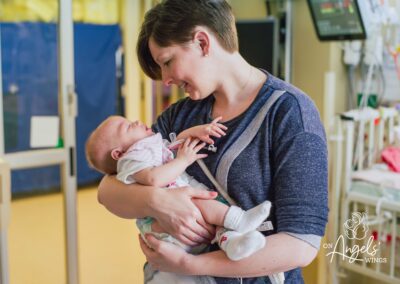
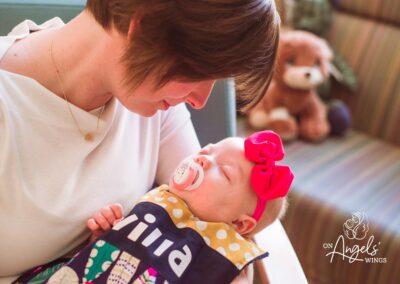
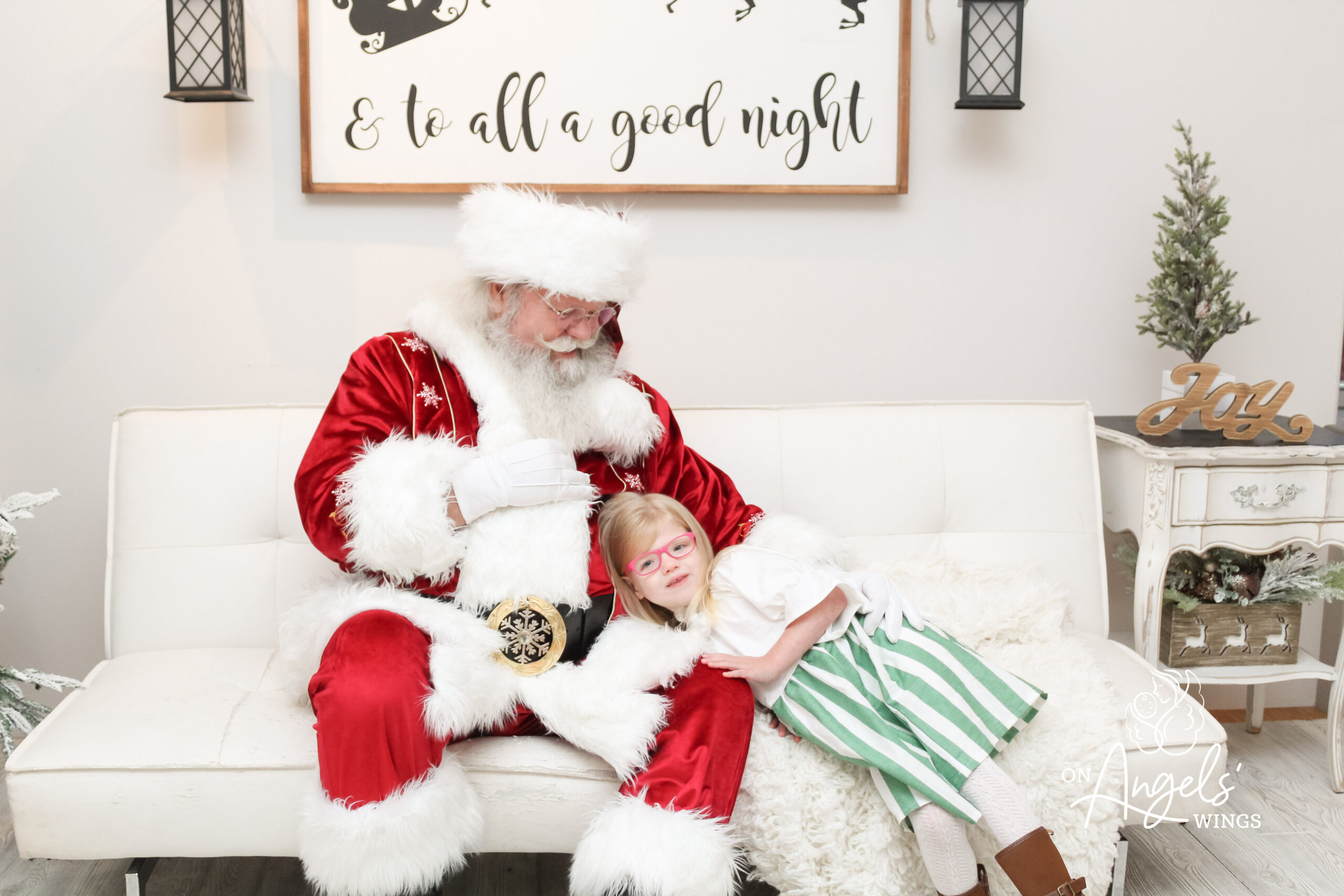
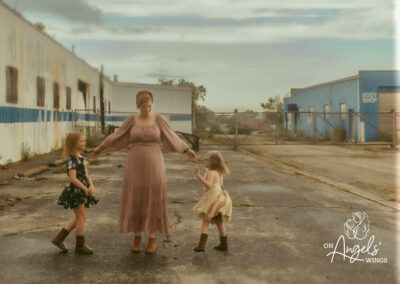
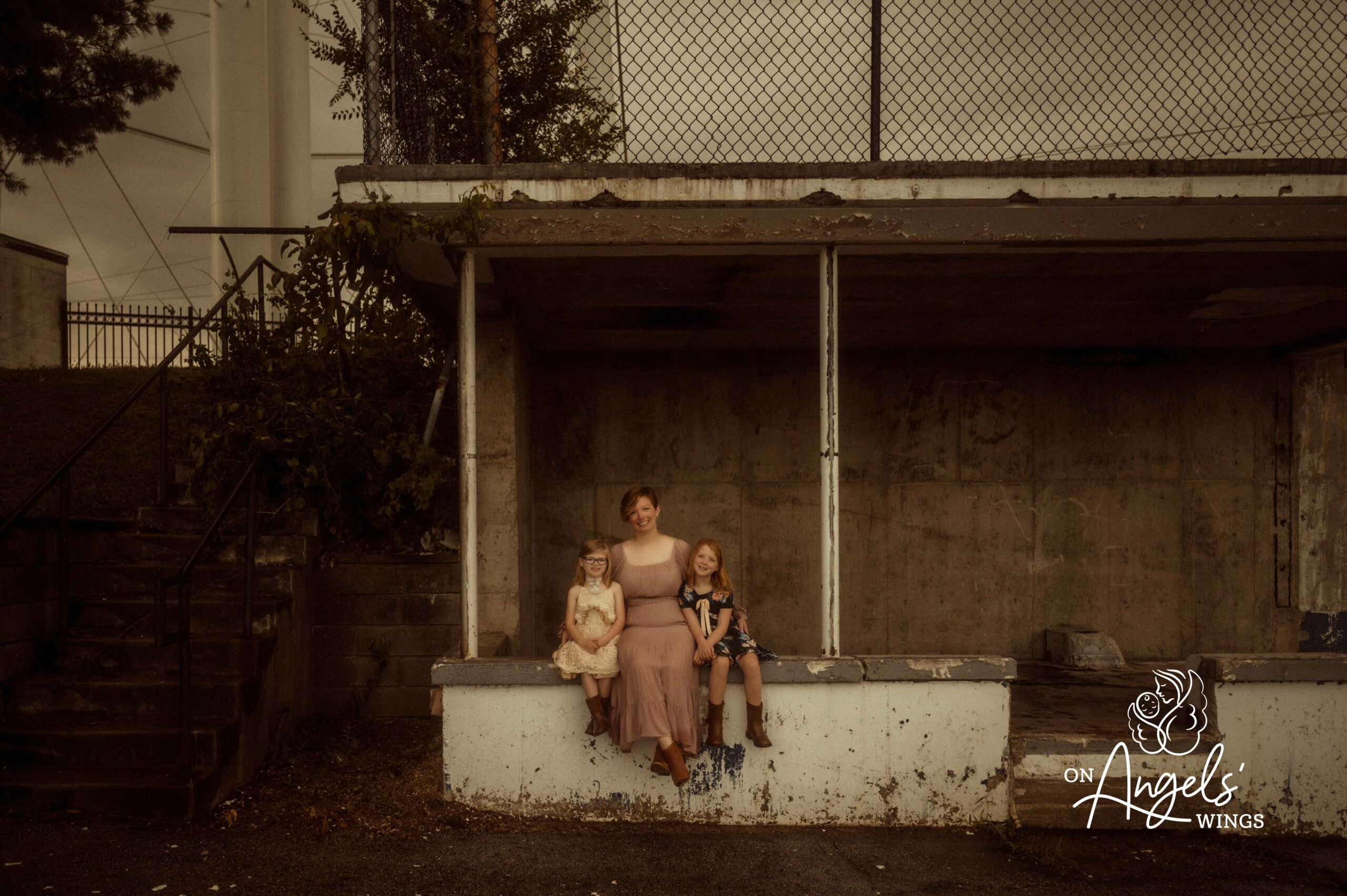
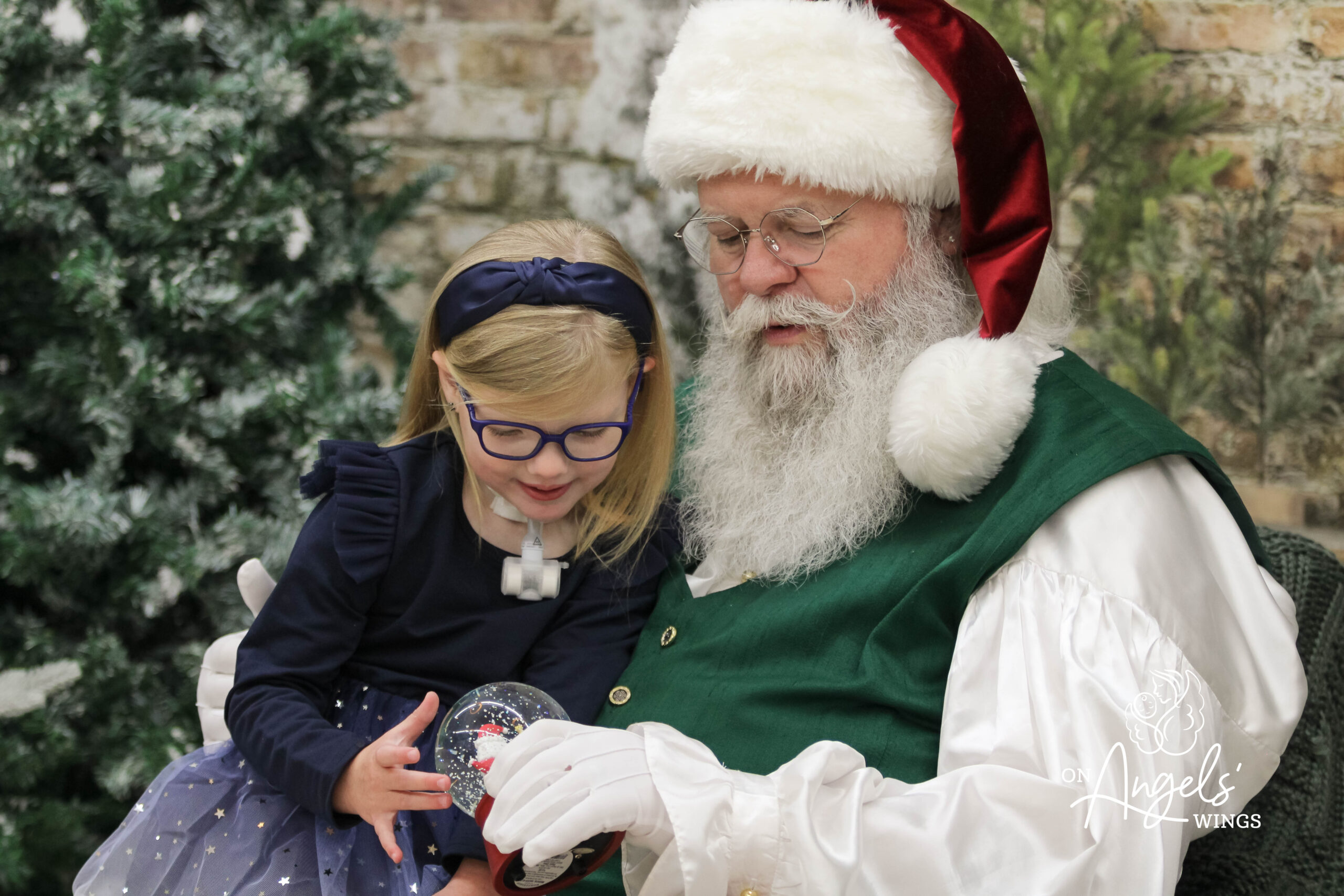
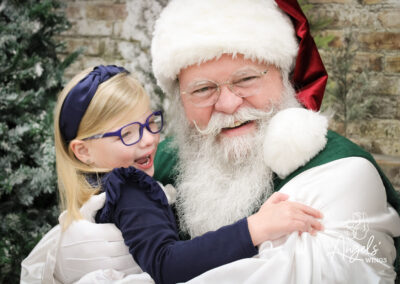
Wow, such a beautiful and strong girl.